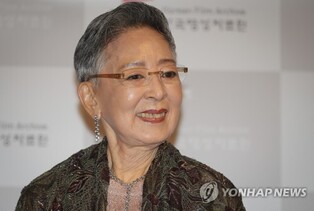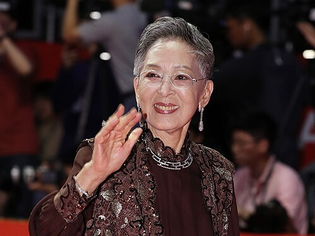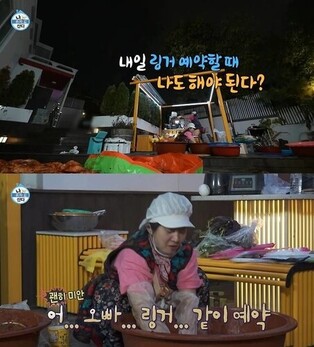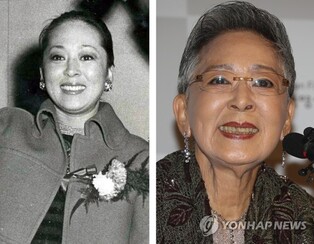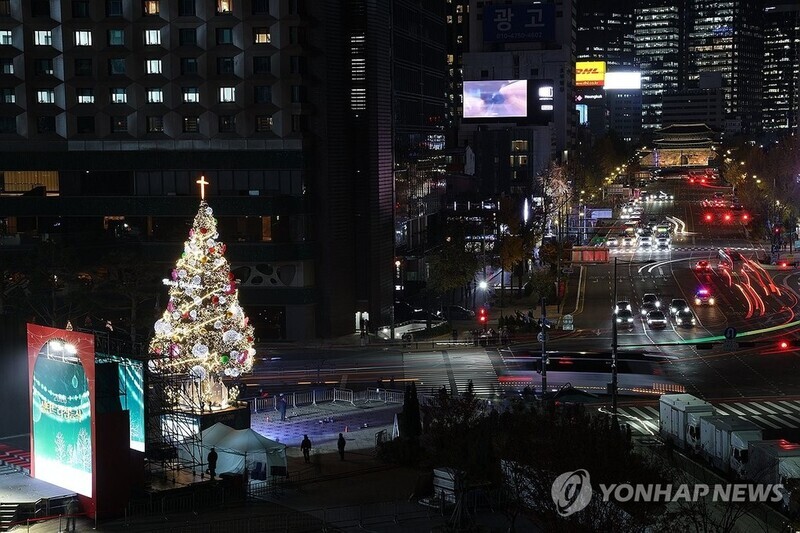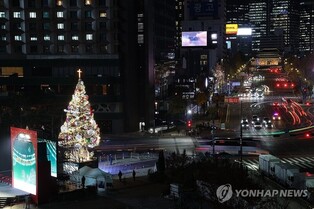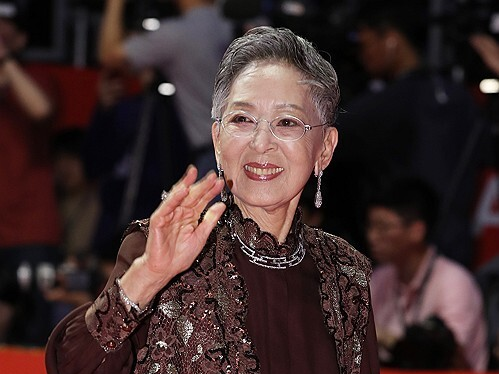 |
| ▲ This photo, provided by South Jeolla Province, shows Jindo Arirang. (PHOTO NOT FOR SALE) (Yonhap) |
SEOUL, July 21 (Yonhap) -- South Jeolla province announced on Thursday that "Jindo Arirang" and "Goheung Madong Byeolsinje and Mae-gu" were designated as Intangible Cultural Heritage for systematic preservation and efficiency.
Byeolshinje is a ritual offered to the village guardian deity, and maegu is a folk event (Nongak) to pray for a good harvest.
Jindo Arirang (Provincial Intangible Cultural Heritage No. 64) is one of the three major Arirangs representing Korea along with Arirang in Jeongseon, Gangwon and Arirang in Miryang, Gyeongnam.
Recognizing its value, Arirang was registered as a UNESCO Intangible Cultural Heritage of Humanity in December 2012 and was designated as a National Intangible Cultural Heritage in September 2015.
The South Jeolla province designated Arirang as an Intangible Cultural Heritage in response to the recommendation that Arirang, which has a regional cultural identity, should be designated as an intangible cultural heritage of cities and provinces.
Jindo Arirang shows the essence of Korean and Namdo folk songs based on "Yukjabaegi (six-bit songs)," a traditional musical melody of the southern provinces.
It was recognized for its preservation and transmission values as it contains a strong tradition and artistry.
"Goheung Madong Byeolsinje and Mae-gu" (Provincial Intangible Cultural Heritage No. 63) are the folk culture of Goheung that has been handed down for more than 200 years.
The province also conveyed that its origin and historicity can be confirmed in the village documents, "Byeolsinje-jeoleui" and "Gyojagaean."
Its value was especially recognized as compared to other regions, nongak (popular performing art derived from communal rites and rustic entertainments of South Korea) from outer parts of Korea was not introduced, allowing the cultural heritage to be well transmitted and preserved.
"For the systematic preservation and efficient use of the cultural heritage, we plan to expand the scope of protection by discovering and designating new items of various intangible cultural heritage," said Shim Jae-myeong, head of the Cultural Resources Division of South Jeolla province.
(This article is translated from Korean to English by Haemin Kim.)
(END)
(C) Yonhap News Agency. All Rights Reserved



















